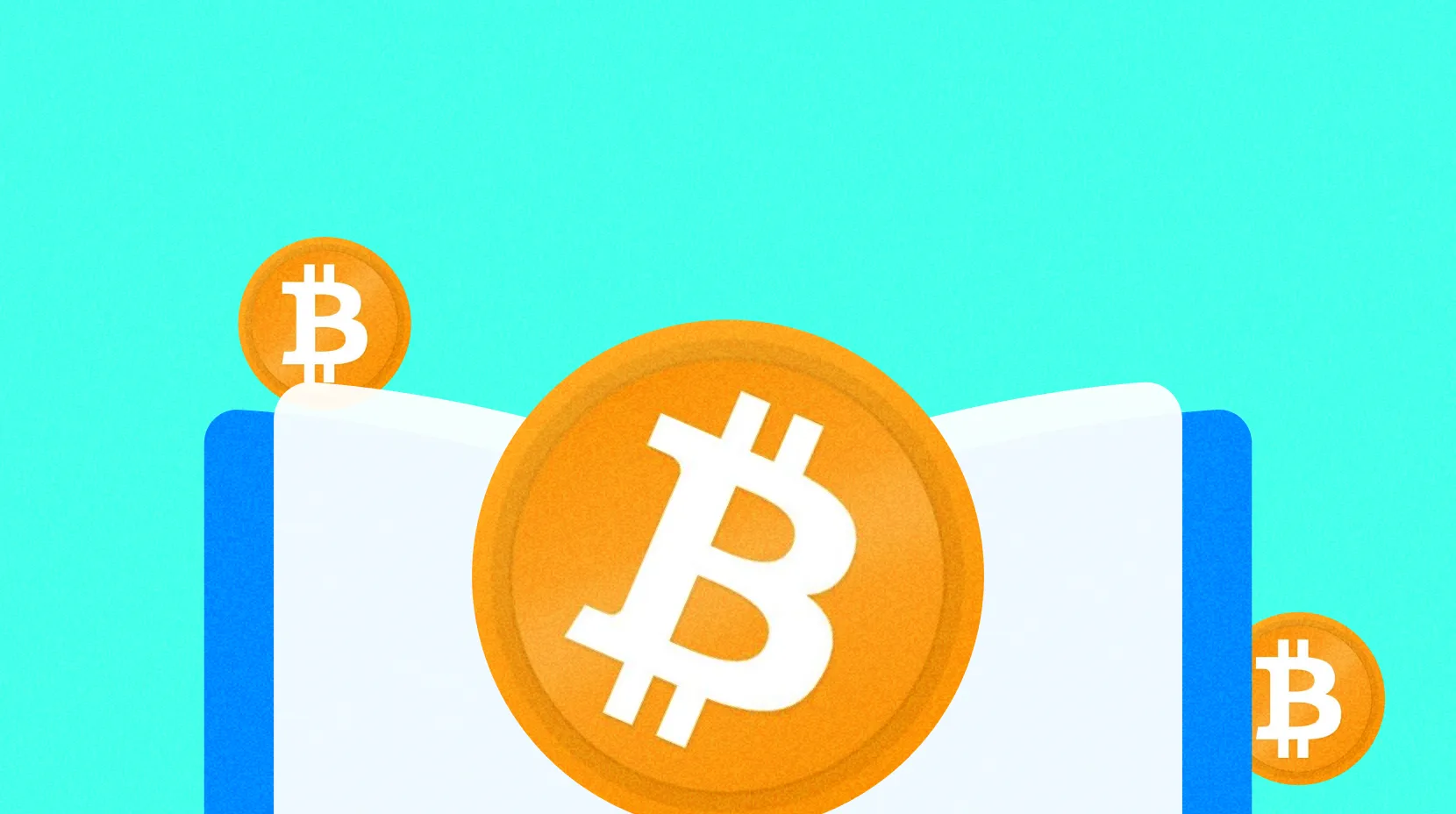Saros (SAROS) 的代币经济模型
本模块将介绍 SAROS 代币在 Saros 平台中的运作方式,包括代币的核心用途、供应分配结构、释放时间表及整体经济设计如何支撑平台的长期发展。每个部分都将解析 SAROS 代币在交易、质押、治理与平台增长等方面的联动机制。
SAROS 代币的用途
SAROS 是 Saros 生态的核心代币,承担多项功能。它是平台多个关键模块的交易媒介,用户需持有并使用 SAROS 参与质押、流动性挖矿、平台治理以及部分 NFT 相关操作。通过引入一个贯穿生态的核心代币,Saros 实现了各产品模块之间的经济协同。
质押是 SAROS 的主要应用场景之一。持币者可质押 SAROS 以获得周期性发放的奖励,这些奖励来自为社区激励而保留的代币池。质押不仅体现了用户对平台的长期承诺,也促进了社区的持续建设。
此外,SAROS 还是流动性提供者的奖励货币。用户将资产注入 Saros DEX 的交易对中,即可获得 SAROS 代币作为激励补偿。奖励数量取决于用户提供流动性的规模与时间,有助于平台获取所需深度,从而优化交易定价和执行效率。
SAROS 的供应与分配

SAROS 代币的总供应量上限为 100 亿枚,由智能合约系统严格执行,不可增发。总量被划分为多个用途类别,每一部分都有明确的释放计划,以确保开发团队、投资者、用户以及更广泛生态系统的平衡受益。
- 20% 分配给核心贡献者,包括开发者、设计师、研究人员及运营团队。这部分代币设置了解锁与归属期,以保证团队成员与平台长期发展目标一致。
- 20% 用于生态系统发展,用于资助合作伙伴关系、平台集成、业务拓展与产品演进,也包括市场营销与跨平台合作。此部分根据战略需求和阶段性成果灵活分配。
- 20% 作为战略储备,用于应对未来可能的资金需求或战略机会。部分资金可用于平台运维,也作为长期财政储备。
- 其余分配包括:
- 15% 分配给早期投资者
- 10% 用于流动性激励
- 10% 用于社区发展
- 5% 用于空投 (Airdrop)
其中,流动性激励部分会在早期释放,用于推动 DEX 增长;社区发展基金则支持用户教育与市场推广;空投活动作为用户引导工具,用于吸引新用户加入生态。
SAROS 的归属与释放时间表

SAROS 的归属机制规定了不同受益方代币解锁的时间与节奏。这种机制旨在防止项目初期出现大量抛售,同时确保关键持有者能够保持长期参与。不同类别的持有者会根据预设的解锁规则逐步获得代币。
- 核心贡献者:代币将锁仓 1 年,随后在 36 个月内线性释放。此方式降低了早期退出的风险,鼓励团队持续投入开发,也向社区传达团队对长期建设的承诺。
- 投资者:同样设置 1 年锁仓期,随后在 2 年内完成全部释放。这种安排可抑制短期投机行为,稳定初期代币流通量。
- 社区发展:采用部分归属结构。部分代币将在 1 年后解锁,用于支持关键推广活动,其余部分逐步释放,保障长期社区激励与教育计划的持续进行。
SAROS 的经济模型设计
Saros 的代币经济模型围绕三大核心理念构建:实用性、供应控制,以及用户与协议的长期对齐。平台的代币使用场景为 SAROS 创造了真实需求,而总供应量限制与归属机制有效缓解了短期流动性冲击。这一组合为 Saros 的可持续发展奠定了坚实基础。
SAROS 贯穿于平台几乎所有操作——从交易、治理到 NFT 互动——其需求与平台的实际使用情况直接挂钩。不同于缺乏使用场景的投机型代币,SAROS 将使用权与持有权紧密结合。
代币排放策略旨在防止通胀侵蚀代币价值。平台发放的质押与流动性挖矿奖励,均来自预设的有限代币池,该池会随着时间逐步缩减。递减式排放机制确保协议从早期的“激励驱动”平稳过渡到“使用驱动”。
为应对价格稳定性与流动性问题,平台在初期引入了流动性激励措施。积极参与流动性池的用户将获得奖励,有助于提升定价效率、降低滑点并打造更健康的链上市场,无需依赖中心化做市商。
要点总结
- SAROS 可用于平台多个功能,包括质押、交易奖励、治理投票及 NFT 相关交互。
- 总供应量固定为 100 亿枚,分配对象涵盖团队、投资人、生态发展、社区建设、储备金与空投。
- 团队与投资者持有的代币设有长期归属期,防止早期抛售并鼓励持续投入。
- 流动性激励与空投代币会即时释放,用于早期交易支持与用户引流。
- 经济模型通过绑定使用场景创造需求,并借助固定总量与递减排放控制通胀。





